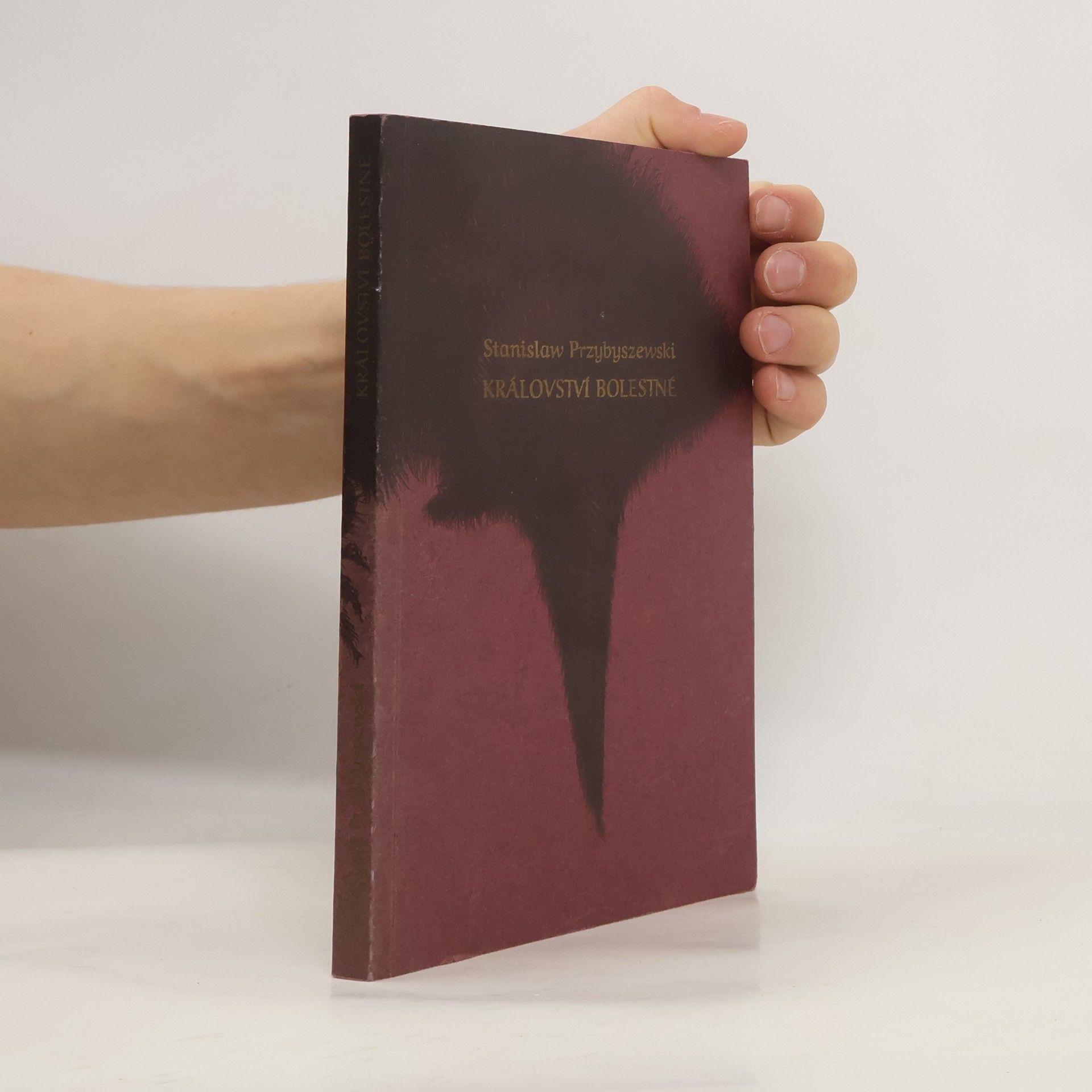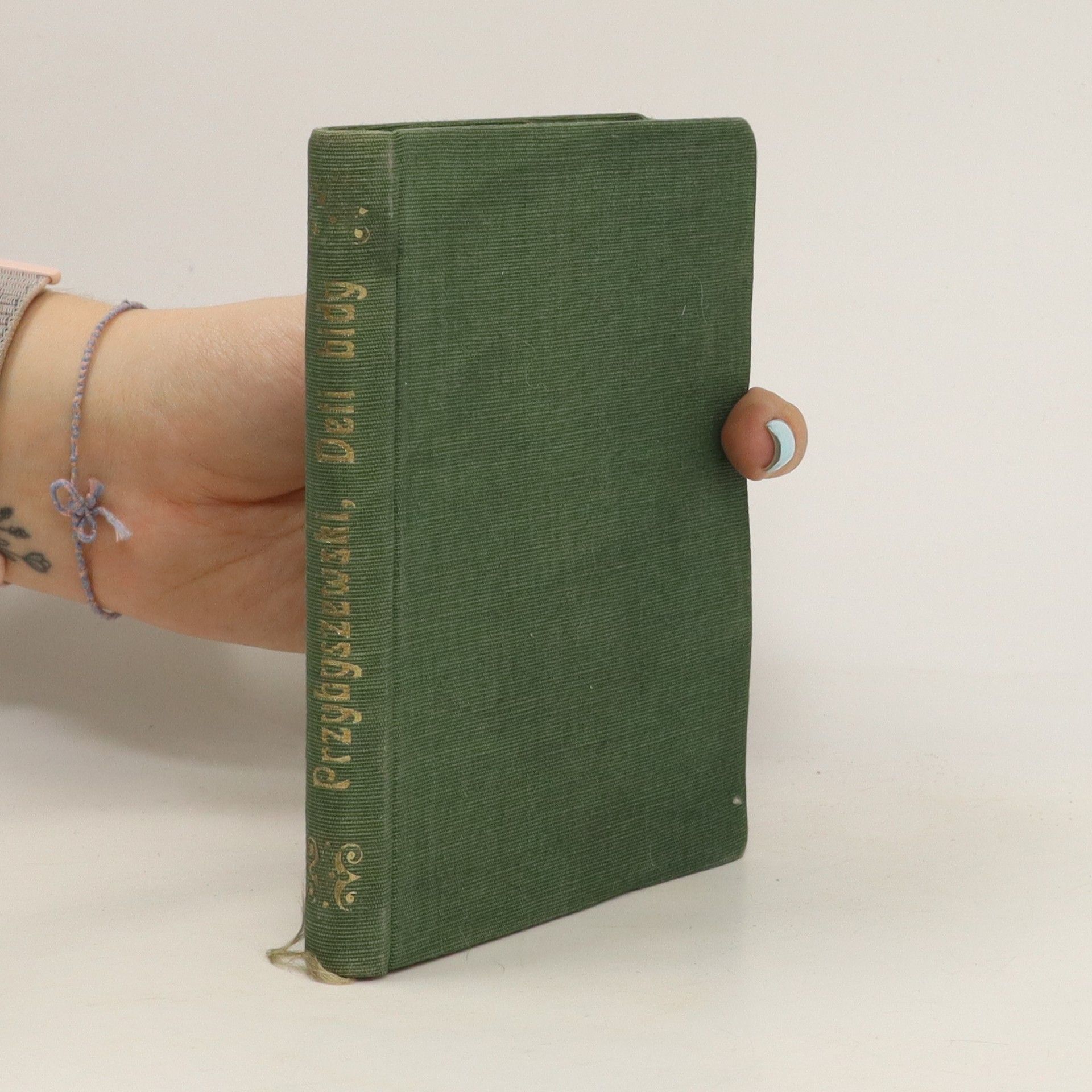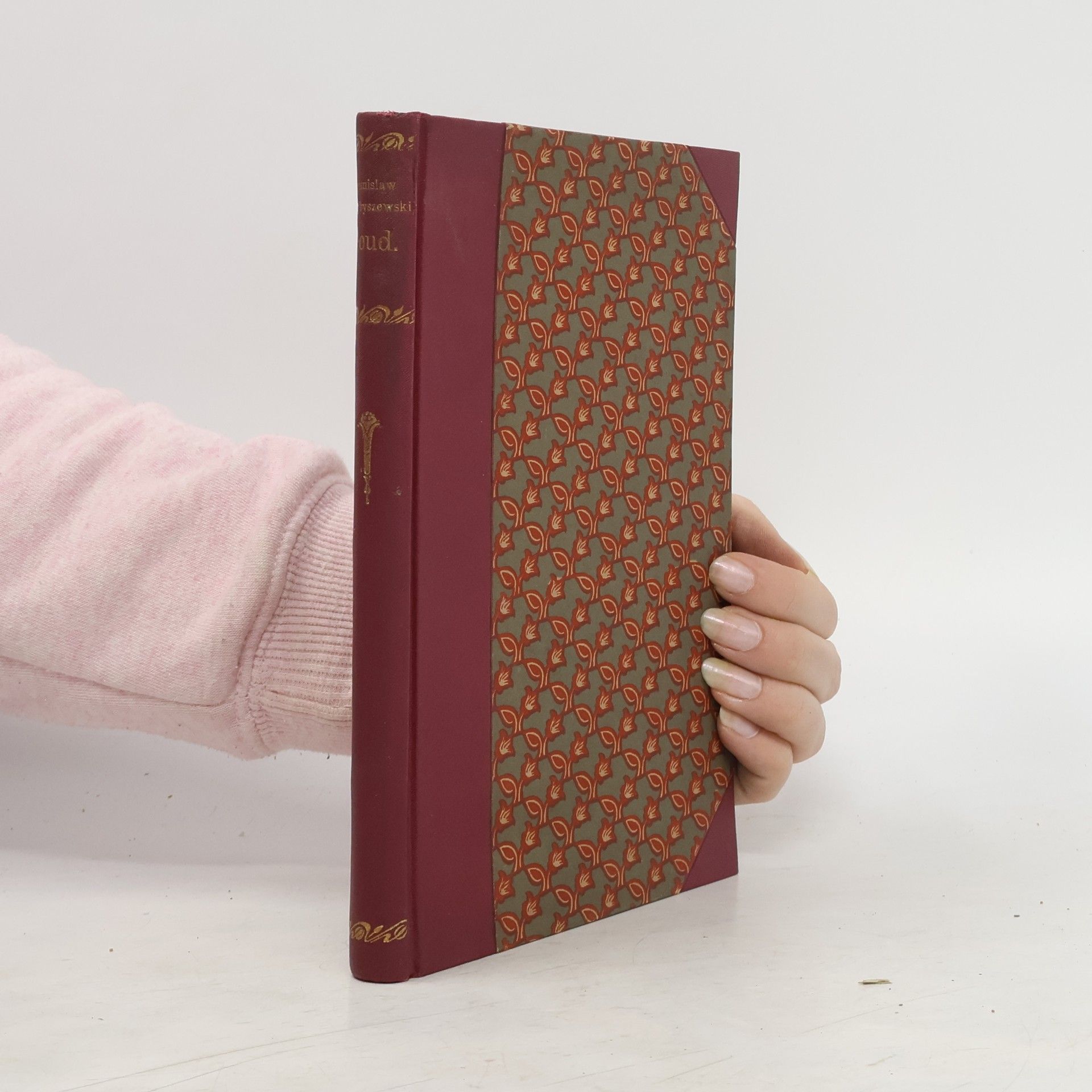Stanisław Feliks Przybyszewski Livres
Cet écrivain, poète, dramaturge et publiciste s'est fait connaître dans les cercles artistiques internationaux de Berlin. Ses premières œuvres ont introduit des thèmes fondamentaux qui allaient caractériser toute son œuvre : l'individualisme, le statut métaphysique et social de l'individu créatif, le destin des génies et la signification de leur prétendue "dégénérescence" et "maladie". Il a continué à présenter ses points de vue philosophiques dans de nombreux essais, rassemblés par la suite en volumes, explorant les chemins de l'âme et l'essence de l'expressionnisme.







Výbor z pamětí a korespondence polského spisovatele, který si přál, aby jeho osudem bylo zazářit jeho meteor, ohromit a vděsit lidi a zase zmizet. – Na obálce mědirytina Anny Costenoble.
Knihu napsal autor německy a v originále vyšla poprvé v roce 1918 a tentýž rok (Przybyszewski byl jedním z nejvydávanějších autorů v Česku) i u nás v překladu Bořivoje Prusíka. V novém vynikajícím překladu Anetty Balajkové pak také v roce 1978. Děj expresionistické novely Křik se pohybuje na pomezí mezi realitou a horečnatým snem. Hlavní hrdina novely, malíř Gaštovt, se snaží na svých plátnech vyjádřit vše, čím žije velkoměsto, a tomuto cíli podřizuje vše a je ochoten tomu obětovat i svůj život.
Království bolestné
- 176pages
- 7 heures de lecture
Románové zpracování proslulého čarodějnického procesu v malé baskické provincii Labourt.
Kniha pojednává o vývoji satanismu v lidských dějinách. Přeloženo z polského překladu (Synagoga szatana, 1899) německého originálu (Die Synagoge des Satan, 1897).
Poema napsaná v němčině během pobytu v Norsku pod vlivem komplikovaného vztahu s manželkou Dagny.
Příběh krvesmilné prostitutky, naboženského šílence trpícího bludy (Dämmerungzustand) a toužícího po ženě svého bratra, opilce trpícího delirantními bludy, dalšího náboženského šílence trpícího pro změnu bludy, že jde po cestě Buddhově, teroristy vyrábějícího výbušniny atd.
Das Werk des Edvard Munch - vier Beiträge
- 100pages
- 4 heures de lecture
Der Nachdruck von 1894 bietet vier fundierte Beiträge zur Kunst von Edvard Munch, einem der bedeutendsten Maler des Expressionismus. Die Texte beleuchten verschiedene Aspekte seines Schaffens und bieten tiefere Einblicke in seine Werke und deren Bedeutung. Leser erhalten eine wertvolle Perspektive auf Munchs Einfluss auf die Kunstwelt und die Themen, die seine Arbeiten prägen.
I w żaden sposób nie mógł opędzić się tej myśli, że ziemia ludzkość zatruwa i wtedy pojawia się wojna: ostry szał — wściekłe delirium, w którym ludzkość się nawzajem wytępia, z obłędną, chorą wściekłością niszczy wszystko, z czego dumną była, nad czym wieki pracowała, czym się już z Bogiem równać chciała — wszystko zapamiętale niweczy, co w gromkiej, potędze Boga równającej się pysze — „kulturą” nazywa — ha, ha, ha! — „cywilizacją”... Teraz Szatan, siedzący okrakiem na ramionach krzyża Zbawiciela, tak się serdecznie zaśmiał, że cała wieża zachybotała! I on się roześmiał, ale śmiechem bezradnej rozpaczy, bo już teraz wiedział, że ludzkość dostała delirium, jakiego jeszcze dotychczas nie przeżyła. I to był dopiero początek! S. Przybyszewski, Tyrteusz, 1915 Ogólnopolski zespół uczonych pod kierunkiem prof. dr hab. Gabrieli Matuszek- Stec z Wydziału Polonistyki Uniwersytetu Jagiellońskiego przygotowuje 11-tomową krytyczną edycję Dzieł literackich Stanisława Przybyszewskiego w ramach ministerialnego Narodowego Programu Rozwoju Humanistyki. To edycja długo wyczekiwana. Dzieła zebrane przywódcy polskiego modernizmu nigdy nie ukazały się w języku polskim (w latach 20. XX wieku takie przedsięwzięcie realizował Instytut Wydawniczy „Lektor”, ale śmierć pisarza je przerwała), podczas gdy Niemcy udostępnili w ośmiotomowej edycji niemieckie utwory „genialnego Polaka” w latach 90. XX wieku. Stanisław Przybyszewski to jeden z najbardziej wyrazistych twórców modernistycznych, który zaznaczył swe miejsce w polskiej i niemieckiej literaturze. Już za życia stał się legendą – przez Strindberga nazwany „genialnym Polakiem”, w środowisku berlińskim określany mianem „króla bohemy” i „nowego mesjasza literatury”, w Polsce uznany został za inicjatora modernistycznego zwrotu w literaturze, wielką sławą cieszył się w Rosji i krajach słowiańskich. Edycja, która wychodzi w Wydawnictwie Uniwersytetu Jagiellońskiego w Krakowie, obejmuje wszystkie utwory literackie Przybyszewskiego powstałe w języku polskim: poematy prozą, powieści, opowiadania, dramaty oraz towarzyszące tym utworom autorskie wstępy, a także inedita i drobne przekłady. W przypadku niemieckich pierwodruków przeprowadzono porównanie obu wariantów utworów, fragmenty zmienione lub opuszczone w polskich wydaniach zostały przetłumaczone na język polski i zamieszczone w aparacie krytycznym. Każdy tom zawiera rozbudowany dodatek krytyczny i obszerny wstęp historycznoliteracki, ale edycja jest przyjazna dla wszystkich czytelników, zarówno znawców, jak i zwykłych fanów literatury.


